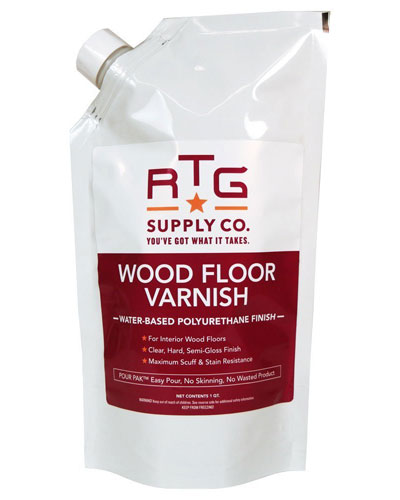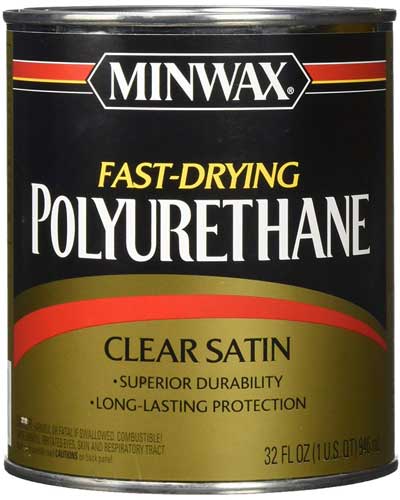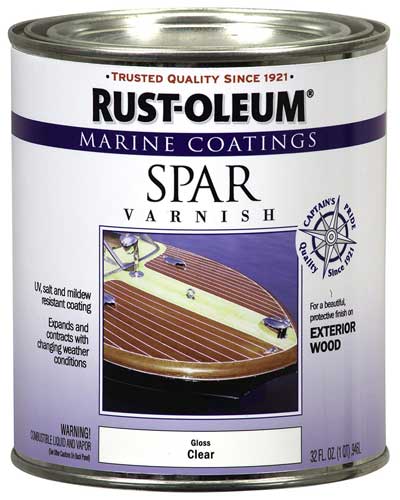Different types of wood varnish are required for many purposes to protection of surfaces from decay and corrosion and for decorative purposes. It is a clear and transparent or slightly colored finishes. It is resinous substance. The varnish is very durable and provides better UV protection. It dry slowly so needs more time to work and allow dust to settle on it which is the drawback of this finish. It works better when apply on the top of dyes. Keep in mind that the varnish is not formed by any single or specific chemical substance. Traditionally they are made by combination of substance. The majority of the varnishes are polyurethane based resins or oil based or solvent based. Depends on the combination ingredients the varnishes are classified into different types.

Acrylic wood Varnish
Acrylic varnish is clean, extremely transparent and does not tend to yellow. They dry quickly, dust-resistant and non-toxic water-based varnishes. These are generally good UV resistors which mean they can be used on the outside as well as indoors. They can also be used in materials other than wood, so they are more versatile than many other varnishes. Acrylic wood varnishes used for a final removable industrial protection level are usually mineral-spirit-based acrylic either without being water-based.
Exterior wood Varnish
The exterior wood varnishes are specially formulated by adding UV protection ingredient for use outside. This UV protection ingredient helps the wood under the layer of varnish to protect from UV lights.
Polyurethane wood Varnish
Polyurethane wood varnishes are generally hard, durable, and resistant to abrasion, heat, mild acids, solvents and other chemicals and will give a clean, solid finish. As a result, they are often used on floors and in areas where there is a lot of wire and tear like many household projects. Some wood finishers are not find interest to use it in finish furniture or other pieces of detail. They are not resistant to UV (sun) light, so, if you want to use them in the outside then you should use with a UV protector, otherwise it will degrade quickly. Polyurethane wood varnishes do not have a tendency to penetrate into the wood so are often used with oil based varnishes, epoxy sealer, oil modifier or shellac solution to increase bonding capacity.

Yacht wood Varnish
Yacht varnishes are also called spar varnishes or marine varnishes. It was originally made for use on ships or boat sparks to protect wood from the effects of sea and weather. The primary goals are water resistant and elasticity, so that sparks are flexible and adhere to. At present, most of the yacht types of wood varnishes are made based on Tung oil and phenolic resin for a high gloss finish. These are ideal for the use of outside wood, but not for surfaces that are going on. This varnish is not good UV-resistant.

Alkyd wood Varnishes
Most modern commercially produced varnish contains some forms of alkyd for better performances. They are chemically modified natural or vegetable oils. Sometimes various resins may also be combined with them as part of ingredients.
Shellac wood varnish
Shellac is not firmly a varnish. It is used as a primer for other varnishes, like Polyurethane and Acrylic that cannot penetrate well into the wood.
Flat Varnish
Flat varnish is special type of non-gloss finish which avoids the effort of a rubbing varnish. They are generally more costly other types of varnishes because it requires special preparation and additives to prevent the glossing effect as the varnish dry.
Knowledge on the different types of wood varnish is very important for a woodworker for their wood working project.